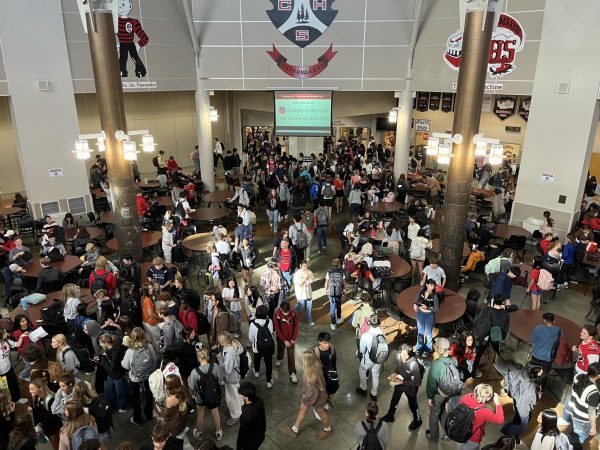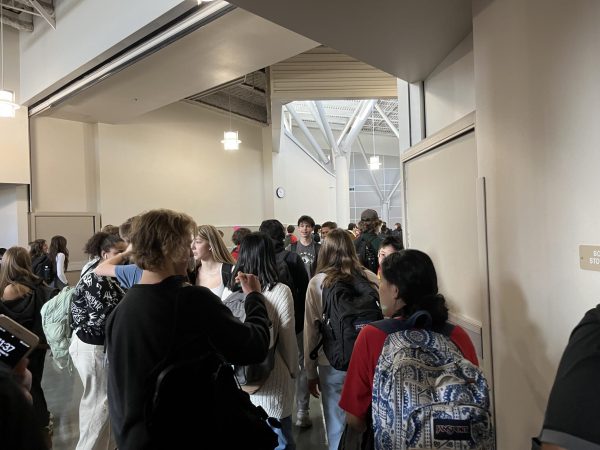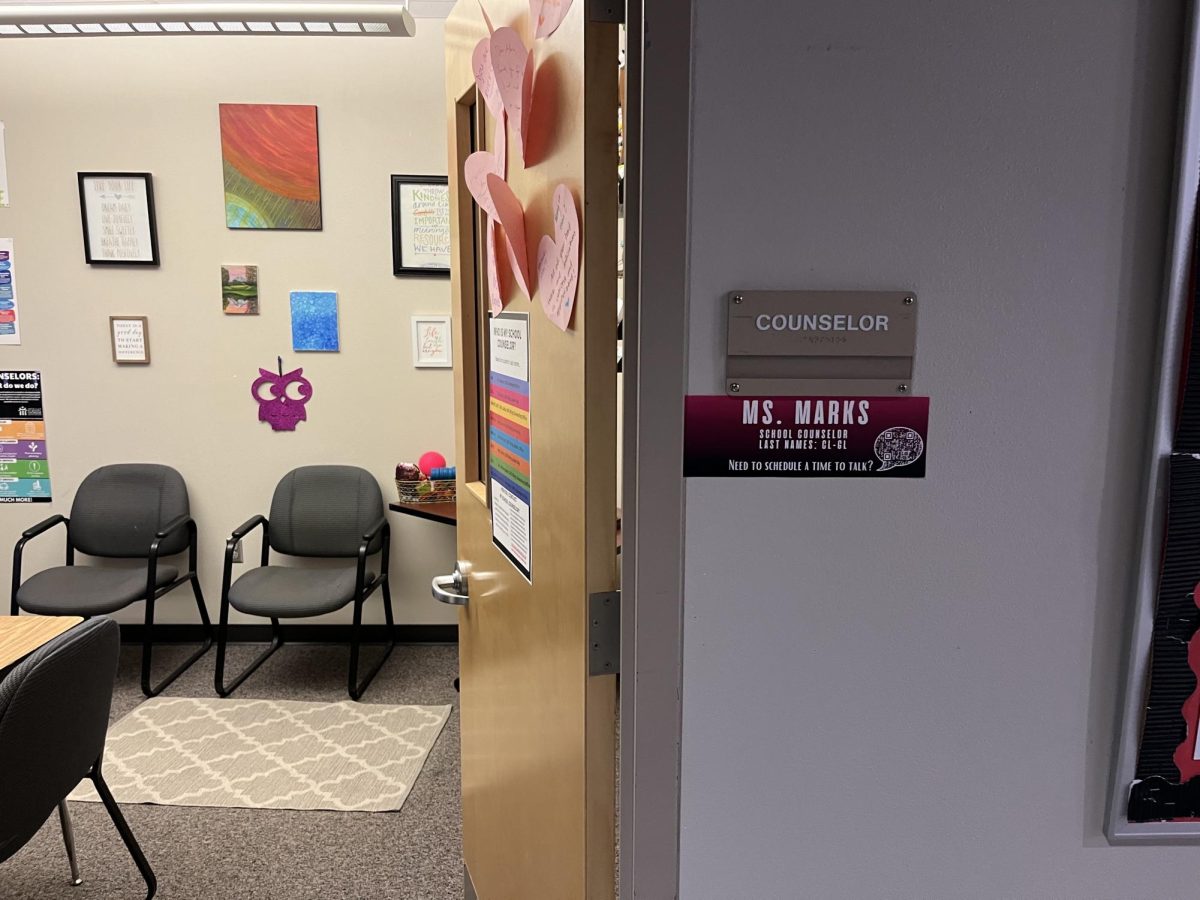Thanks to rescheduling and several new teachers, large class sizes, brought on by budget cuts and an influx of new students, have been heavily reduced, allowing for regular learning to resume at Camas High School (CHS) for the 2023-2024 school year.
Last spring, the district cut five teachers due to budget cuts. It is estimated that this cut removed roughly 25-30 class periods from the CHS capacity, something the school may have been able to support if not for returning students from a post-covid-increased enrollment. Class sizes were projected to be much higher than expected, a significant issue for striking teachers over the summer.
“What happens is we have a master schedule that’s already set, and then we have to add in the new 10 or 15 section classes with what we already have,” CHS Counselor Marin Marks said, who manages students with last names CL-GL and is heavily involved in student forecasting.
“We get these pieces of the puzzle that were trying to fit together, that don’t fit together very nicely,” said Marks, “It’s hard for us because we know the environment in your classroom is better when there’s less kids.”

Larger class sizes can be a big issue for learning, especially for students who might need additional support during class.
“If people are struggling, it’s harder for the teacher to get to every student, especially with student support being so short,” CHS junior Kian Matthews said.
Many students struggle in such an environment, bringing down their grades and negatively impacting their learning ability.
“[At the start of the year], I had a couple of classes where there literally weren’t enough desks,” Matthews said.
Influxes of post-covid students, especially upperclassmen, have put a severe strain on English and social studies teachers’ ability to manage students. Stewart Morgan, an English teacher for AP Language and AP Literature, has six consecutive class periods without a planning period.
“It’s always nice to have smaller size classes for teachers and students,” CHS Counselor Sarah Warta said, who manages student forecasting with other counselors, “When they’re not overloaded, it allows the teacher to interact with and benefit students.”
Counselors have been working to resolve the issue of class overloads and improve the learning environment for students.
“There’s a lot of factors that go into it; not just adding classes and teachers, but trying to balance,” Warta said.
Additionally, three new teachers were hired, adding classes and helping to balance out students across them, especially in required English and social studies subjects. However, some students were impacted less by the issue.

“Honestly, my classes have always been larger, so it’s not anything new to me,” CHS student Katryna Green said.
While the issue is mostly under control now, steps must be taken to ensure that classes over 30 are not regular occurrences.
“We need to really take a look at forecasting in the coming school year and have the school district be a little more mindful about the process of forecasting so we can have numbers for what we need next year,” Marks said.
It is possible that forecasting could be pushed to an earlier date in future years or have more counselor involvement to create a smooth process, avoiding issues like this year’s. Nevertheless, counselors and staff remain optimistic about the coming years.
“I still feel like larger class sizes, as we move forward next year, will be resolved,” Marks said.



































